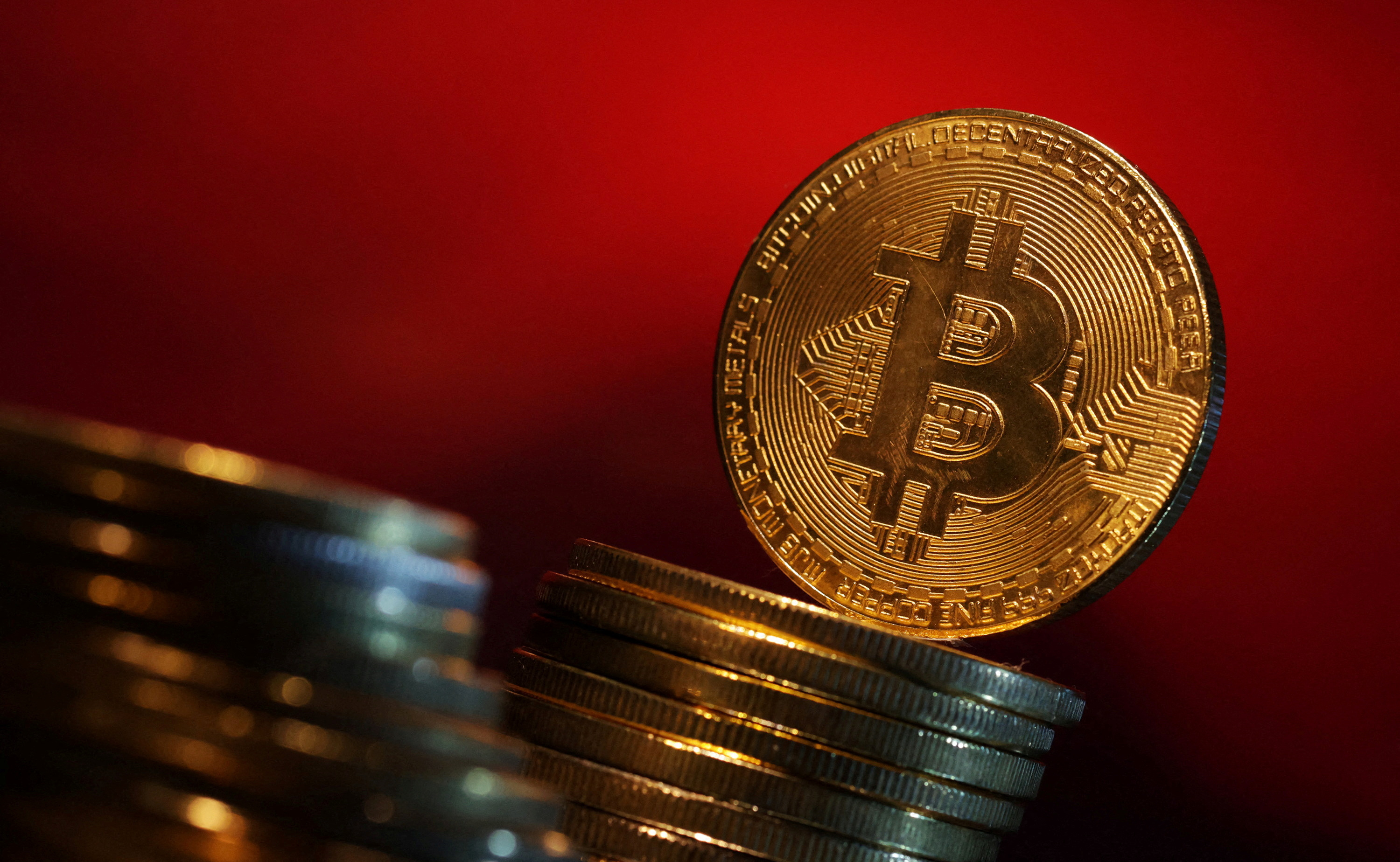Bitcoin price crosses $100,000 mark! The market value is close to 2 Teslas, the secrets behind the c
 summary:
Bitcoin price crosses $100,000 mark! The market value is close to 2 Teslas, the secrets be...
summary:
Bitcoin price crosses $100,000 mark! The market value is close to 2 Teslas, the secrets be... Bitcoin price crosses $100,000 mark! The market value is close to 2 Teslas, the secrets behind the crazy surge and analysis of future trends!
Bitcoin Price Surges to Record Highs, Breaking $100,000 Mark
On December 5, 2024, Bitcoin's price surpassed the $100,000 threshold for the first time in history. Since Donald Trump’s re-election as President of the United States, Bitcoin has soared by 40%, pushing its market capitalization above $2 trillion. This valuation rivals two Teslas or three JPMorgans, demonstrating Bitcoin's remarkable growth momentum.
Bitcoin, launched on January 3, 2009, has now existed for over 15 years. It emerged in the shadow of a global financial crisis when the world economy was in turmoil. Bitcoin's anonymous creator, Satoshi Nakamoto, envisioned a decentralized currency system that operates without central authority. In the "genesis block" of Bitcoin, Nakamoto embedded the message: “The Times 03/Jan/2009 Chancellor on brink of second bailout for banks,” reflecting dissatisfaction with traditional financial systems and government interventions. Bitcoin’s issuance mechanism relies on "mining," where computational power is used to solve complex problems, granting successful miners rewards in Bitcoin. The system also incorporates a halving event every four years and caps the total supply at 21 million coins, expected to be fully mined by around 2140.
Despite its longevity, Bitcoin is not officially recognized as currency in most countries. Many governments classify it as an asset rather than money. Hu Jie, a professor at the Shanghai Advanced Institute of Finance and former senior economist at the Federal Reserve, stated that Bitcoin lacks practical utility as traditional currency. Its price volatility is primarily driven by market demand, especially the participation of new investors.
Drivers of Bitcoin’s Price Surge
The current rally in Bitcoin's price is attributed to multiple factors:
Trump’s Re-election: Trump's presidency is seen as a positive signal for the cryptocurrency market. Known for his relatively favorable stance on Bitcoin and digital assets, Trump has emphasized their importance to the U.S. economy's future.
Federal Reserve Policies: The Fed's interest rate cuts have increased dollar liquidity, providing macroeconomic support for Bitcoin.
Institutional Interest: The approval of Bitcoin spot ETFs, significant investments from institutions like MicroStrategy, and increased capital inflows have amplified market demand.
Bitcoin’s dominance in the cryptocurrency market has also grown during this surge. While other cryptocurrencies, such as Ethereum and Dogecoin, benefited from Bitcoin’s rise, the majority of market capital flowed into Bitcoin. Its market share reached 61%, a level not seen since May 2021. This underscores investors' growing confidence in Bitcoin, solidifying its leadership position in the crypto sector despite interest in alternative digital assets.
Growing Mainstream Adoption
As the crypto market matures, its mainstream adoption is accelerating, drawing more institutional and retail investors. This influx of capital has fueled Bitcoin’s rally. However, the market has become increasingly segmented, with stablecoins and emerging cryptocurrencies facing new opportunities and challenges. For instance, the stablecoin USDT’s issuance surged by 9 billion tokens since Trump’s re-election, reflecting heightened demand for stablecoins.
Implications of Trump’s Policies
Trump’s administration is expected to have a significant impact on the cryptocurrency market. He has expressed support for digital assets and even proposed turning the U.S. into the “global capital of cryptocurrency.” Analysts suggest that the U.S. may ease regulatory restrictions on cryptocurrencies, creating a more favorable environment for Bitcoin and other digital assets. Potential measures could include appointing officials to oversee crypto policies, fostering collaboration between the government and the digital asset industry, and attracting more traditional financial institutions.
Interestingly, Trump’s current stance contrasts with his earlier skepticism. During his first term, he publicly criticized Bitcoin, calling it "air" and highlighting its volatility and lack of intrinsic value. Despite this, Bitcoin and other cryptocurrencies have steadily gained acceptance worldwide.
Bitcoin in China
In China, Bitcoin once dominated trading volume and mining capacity. However, since 2017, the Chinese government has intensified its regulatory scrutiny of the virtual currency market. Policies have been enacted to shut down trading platforms, ban mining activities, and prohibit overseas exchanges from serving Chinese residents. In 2021, the State Council’s Financial Stability and Development Committee explicitly banned mining and trading activities, categorizing them as illegal financial operations. Consequently, the legal risks of Bitcoin transactions in China have significantly increased.
A Dynamic Future
The evolving cryptocurrency market reflects the world’s shifting perception of digital assets. From a fringe innovation to a global focal point, the future of cryptocurrencies remains uncertain. Investors should remain cautious, closely monitoring global policy changes and market trends.
Tags: Bitcoin, Cryptocurrency, Price, Trump, Market

